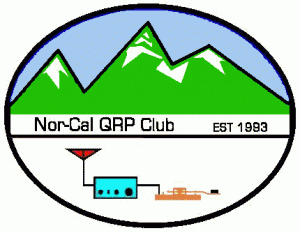Farhan had given me one of the early Dayton Hamvention models of the Antuino SWR/PWR/SNA RF test lab. He later identified the need for a few mods to improve performance on that early model. So I brushed up on my surface mount soldering, got the needed (tiny!) parts and made the mods. I also put the battery pack inside the box and put some feet on the Antuino cabinet (it just seemed like the right thing to do).
Antuino has already proven to be very useful as an SWR analyzer. I know have a much better understanding of the SWR bandwidth of my wire antennas.
And it is very useful in evaluating the passbands of filters. I had an old 11.273 MHz filter from an old CB radio in my junk box. I have no specs on this device -- I didn't know what impedances it was designed for. So it was time for some Antuino technical detective work.
First, take a look at the filter with nothing between it and the Antuino. Input and output on the Antuino are 50 ohms, so here is what the passband looked like with 50 ohms:
Next I put in two 47 ohm resistors, one in series with the input, the other in series with the output. Antuino connected at the other side of each resistor. Here is what it looked like. Note the improvement in skirt shape. But there is still a lot of ripple in the passband:
Then I went to 100 ohms. The passband ripple was reduced noticeably:
Then up to 330 ohms. Here the passband doesn't seem quite as flat as it was with 100 ohms:
Finally, 1000 ohms. Definitely too much. Note the ripple.
Farhan prefers the passband with the 100 ohm resistors. I agree.
BTW the filter is from TEW of Tokyo, Japan. Model FEC-113-2 11.2735 MHz No. 2 A 2
It had three crystals on the board with it: 11.275 and 11.272 -- these are obviously for LSB and USB. The third crystal is at 11.730 MHz, indicating to me that they had a second IF of 455 kHz in this rig. If I use it, I think I'd stay with single conversion. At 11.273 MHz the filter is of ideal passband width for SSB. I do feel the urge to build something around this filter.
Doing the mods on the Antuino was fun, and having worked on the device at least a little bit I feel more of a connection to it.






























